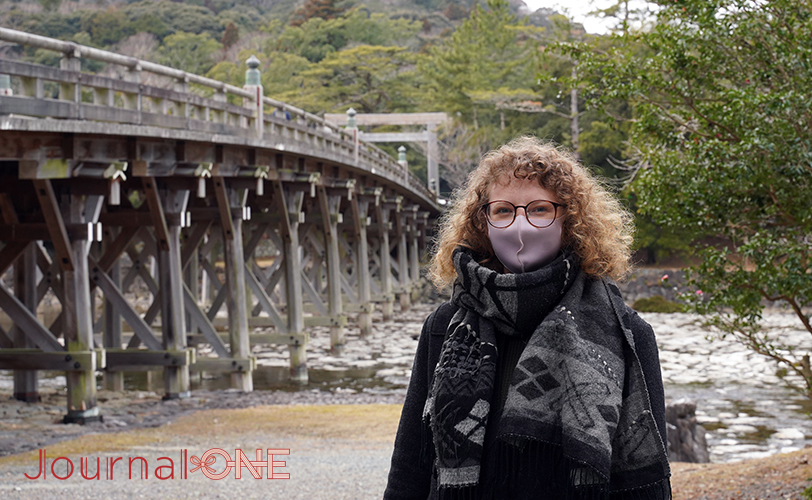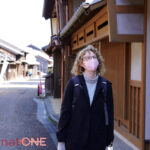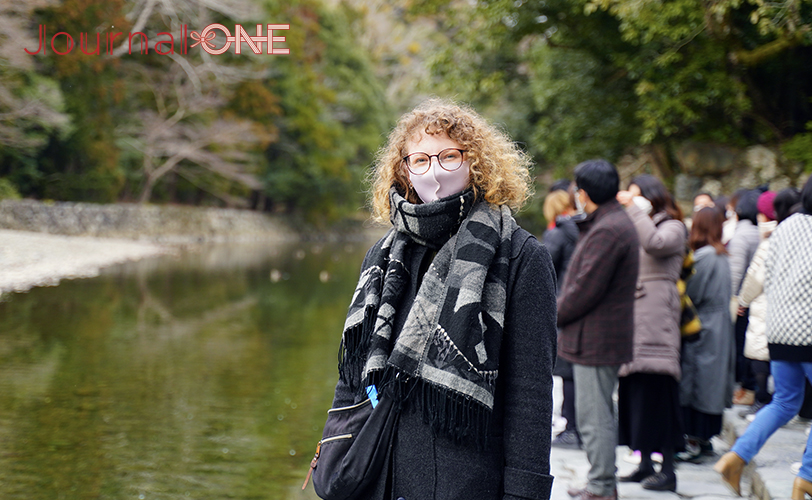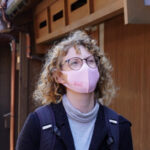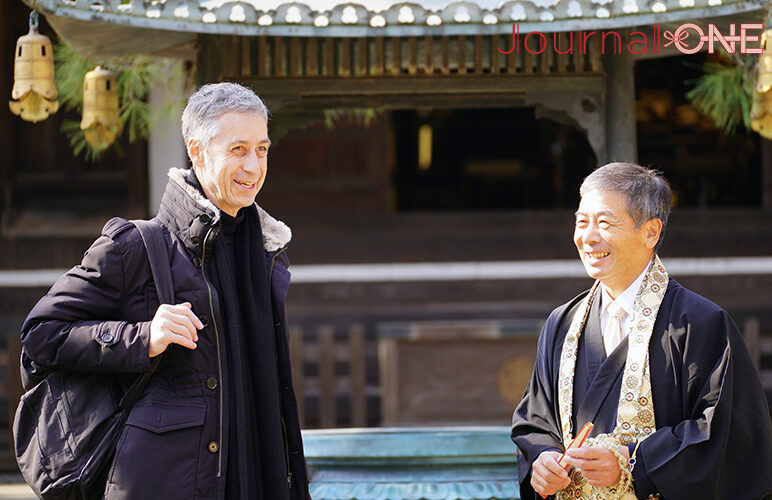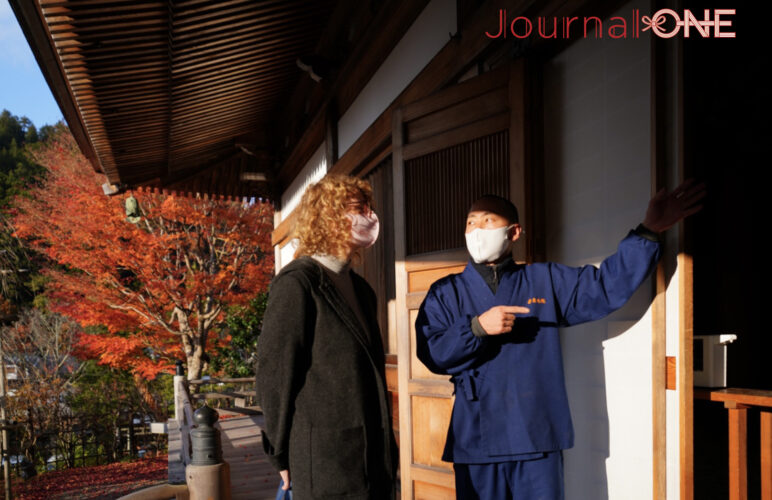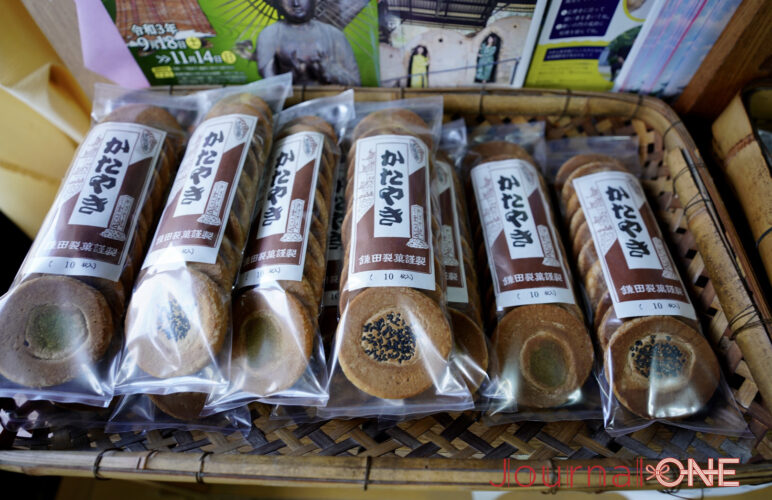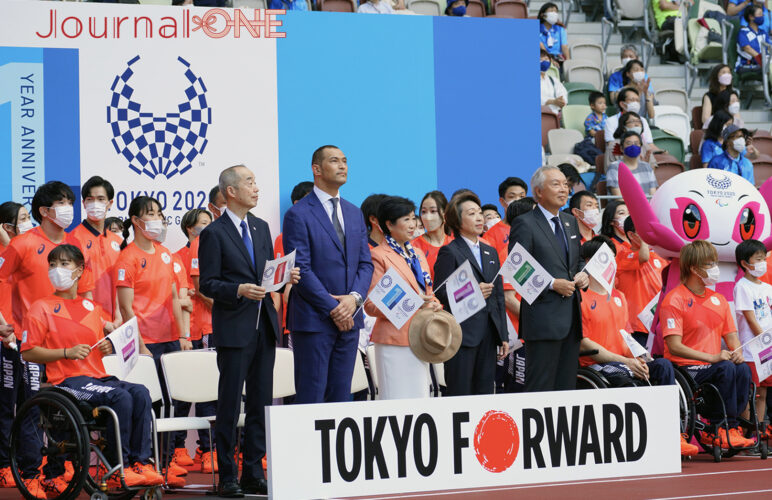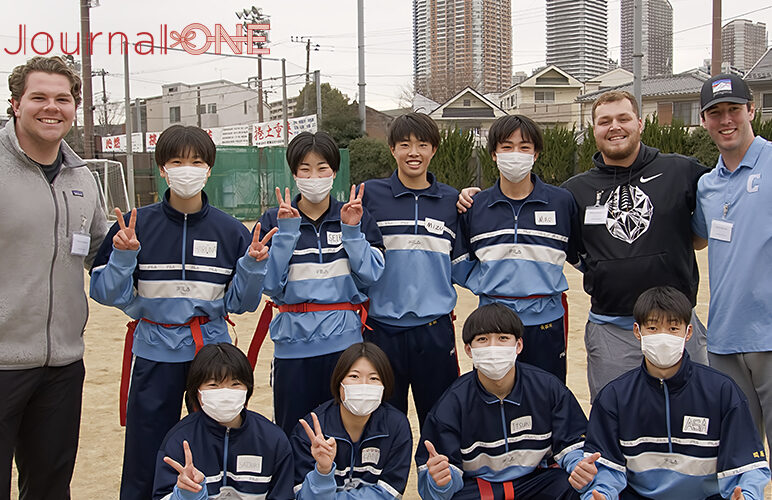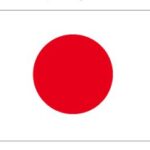Ise Jingu (Ise Grand Shrine) is the most sacred shrine in Japan. The most sacred of all is the Ise Jingu Naiku. It’s home to Amaterasu-Omikami, the supreme kami (a type of deity) of the Japanese Shinto belief, and houses the Sacred Mirror of the Emperor. Amaterasu-Omikami is the source of life, the sun goddess; she has been worshipped at the Ise Shrine for over 2,000 years. Here people pray to her for peace, and rich harvests.
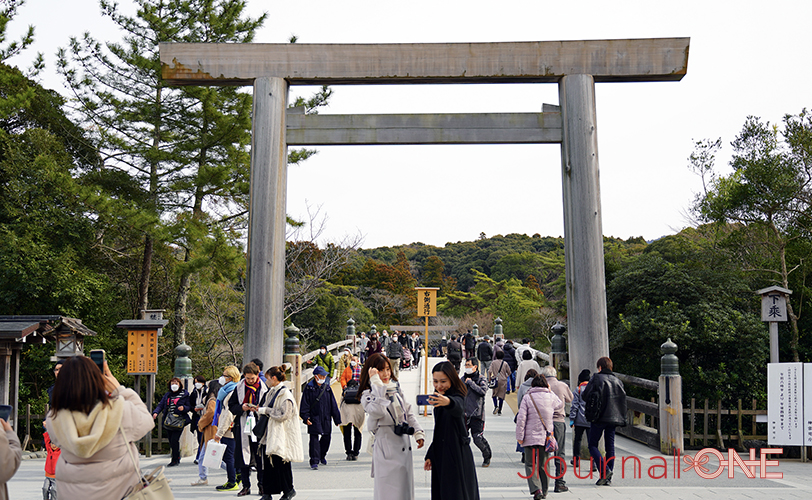
Ise Jingu is a place of cultural importance; it appears in history and myths in Japan and is known as the origin of Shinto – a faith unique to Japan. Every year over eight million people visit the Ise Jingu, a complex of over 125 shrines dedicated to various Japanese kami, the most significant being the Ise Jingu Naiku (inner shrine, otherwise known as the Kotaijingu) and Ise Jingu Geku (outer shrine, also known as the Toyo’uke-daijingu).
I recently took a trip to Ise and joined a tour visiting Ise Jingu and the nearby Futami Okitama Shrine. From visiting the spiritual home of Japan I learnt a lot about the Japanese culture and people. Read on to find out more!
Significance of Purification at Ise Jingu and Futami Okitama Shrine
If you’ve ever visited a shrine in Japan, you will have noticed the temizuya at the entrance. This is where worshippers wash their hands and mouths as a purification ritual. The water acts as a way to cleanse the body and soul – it’s important to be clean before meeting with the shrine’s deities.

In ancient times travellers on their Ise Mairi (Ise pilgrimage) would travel to the nearby Futami Okitama Shrine to purify themselves in the ocean waters before entering Ise City – which itself is sacred as a whole. They would perform misogi (ablutions) by cleaning themselves in the ocean, cleansing away dirt, and absolving sins and pollutants. By purifying themselves through ablutions and other purification rituals at the shrine, they would then be fit to continue on their journey to Ise Jingu. Nowadays, purification by the misogi ocean ritual is more rare, but can still be seen during the annual misogi ritual on the summer solstice.
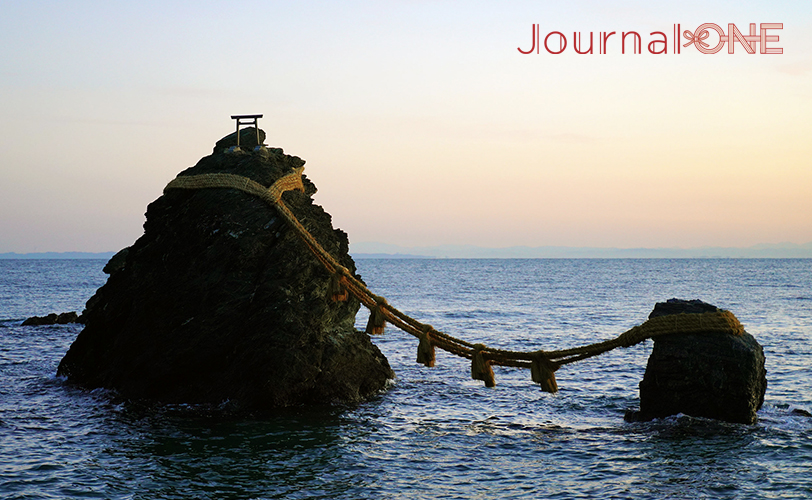
After purification at Futami Okitama Shrine, the pilgrims would first travel to Ise Jingu Geku and then Ise Jingu Naiku – the most sacred location. This is the recommended flow to follow today.
Even if you don’t plan to plunge into the ocean, Futami Okitama Shrine is still an important stop before visiting Ise Jingu. You can participate in purification rituals in the shrine, ask the kami for a safe journey, and purify your soul through the wonders of nature: the Meoto Iwa.

The Sacred Beauty of Nature and Stillness
The Meoto Iwa (the married rocks) are two rocks protruding from the ocean, bound by five intertwined ropes over 10 centimetres thick. The bound rocks are a symbol of marriage and make a sacred gate over the Okitama Shinseki, a spirit stone that lies under the ocean.
During the months surrounding the winter solstice (October-January) visitors can view the full moon between the rocks, creating beautiful white reflections on the ocean. And during the months surrounding the summer solstice (May-July) the sun can be seen rising between the rocks during sunrise. Throughout the year if you wake up early enough, as the sky begins to lighten, before the sun starts to rise, it’s possible to see Mount Fuji between the rocks if the weather is clear.
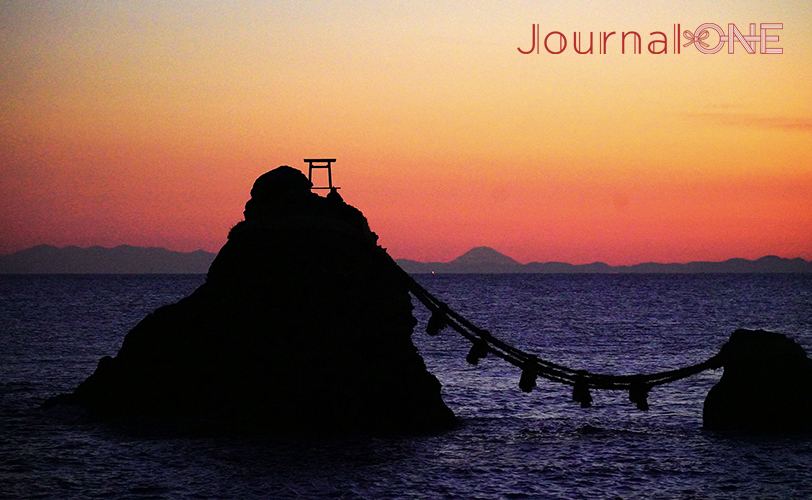
Ise Jingu with its ancient trees and rivers, and Futami Okitama Shrine, where the sea and sun meet between the Meoto Iwa, are places to sit in silence and wonder at the beauty of nature. To feel the kami and their existence in the ocean, the sun between the trees, and everything around us is the essence of Shinto. Futami and Ise Jingu bring you back home to yourself. Through quiet contemplation and observance of nature in this sacred place, you can connect back to your core, back to the gratitude of nature and life – enjoy the moment and be in the present.
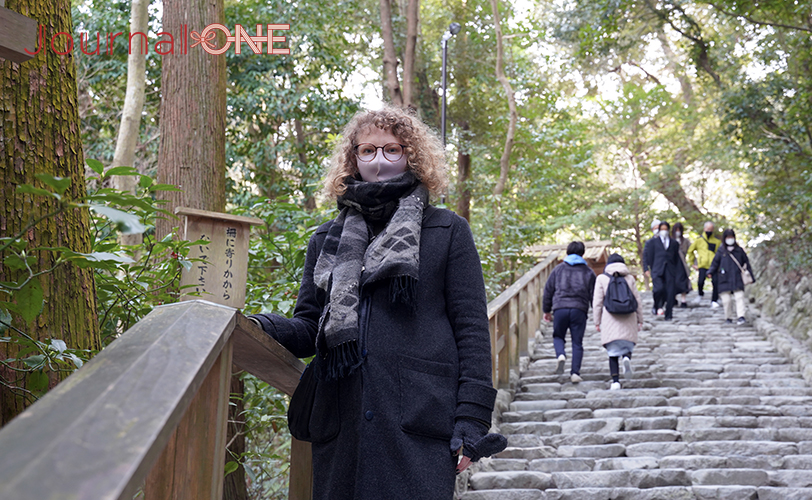
Rebirth and Renewal in Shinto
What is awe-inspiring at Ise Jingu is the Shinkinen Sengu. This ritual is held every twenty years, where the Naiku, Geku, and even the Uji Bridge are completely rebuilt on adjoining sites, and the kami are transferred to the newly built shrine. They are built using traditional ancient methods, reconstructing the sacred architecture and the furnishing and objects inside the shrine. This immense task completed over several years shows the dedication and care of the Japanese people in a way that is hard to fathom.
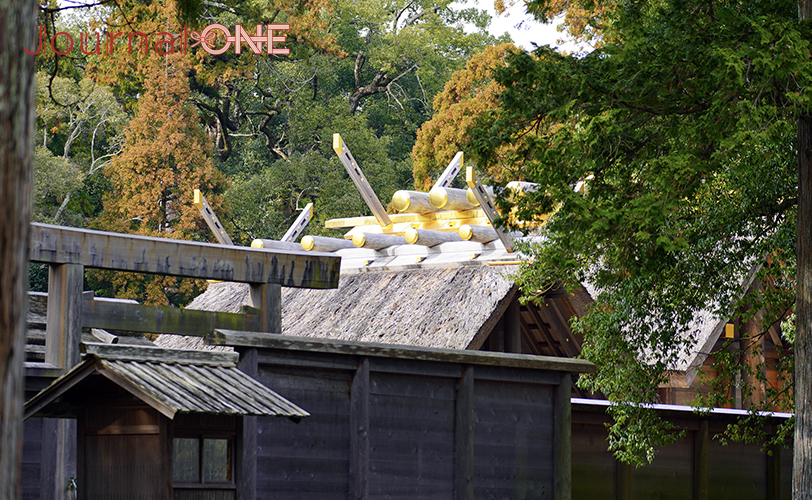
The rebuilding takes place under the concept of tokowaka – constant renewal – which carries importance in the Shinto belief. This constant renewal keeps the shrine in a state of eternal youth and symbolises the continued existence of the kami and Japan itself.
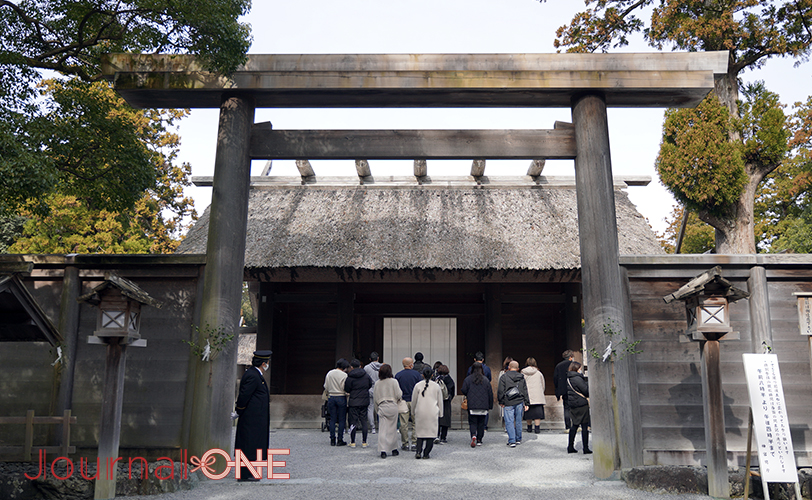
The space where the previous shrine stood is called the kodenchi and stands next to the current shrine. It seems empty except for one building, the hut that houses the sacred post. When it’s time to rebuild again, the new shrine will be built around this sacred post.
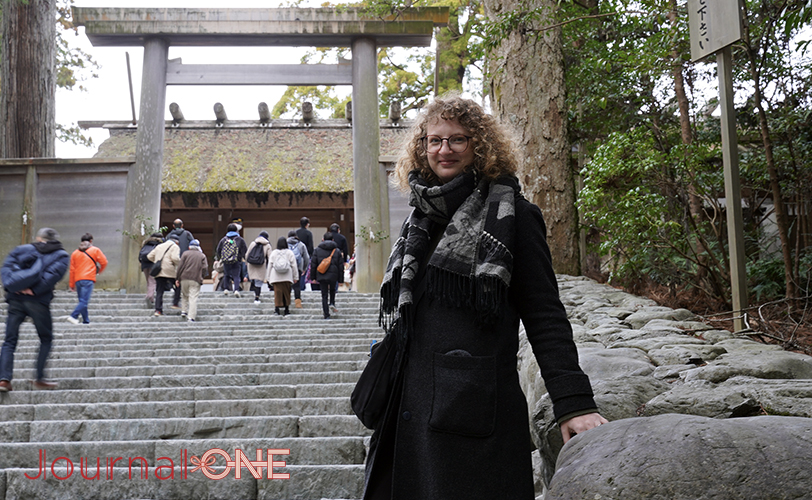
A large amount of trees are needed for the rebuilding, but after they are cut down, new saplings are planted and nurtured. The wood from the old shrine is reused in shrines and buildings all over Japan. Rebirth and renewal: a constant theme in Ise Jingu.
What I Learnt About Ise Jingu
My trip to Ise Jingu was an inspiring one. As a spiritual person who enjoys sitting in stillness and seeing beauty in nature, I felt like I could deeply connect with the Shinto faith. I’m glad I was finally able to visit Ise Jingu – the origin of Shinto and a culturally important place for the Japanese people.
